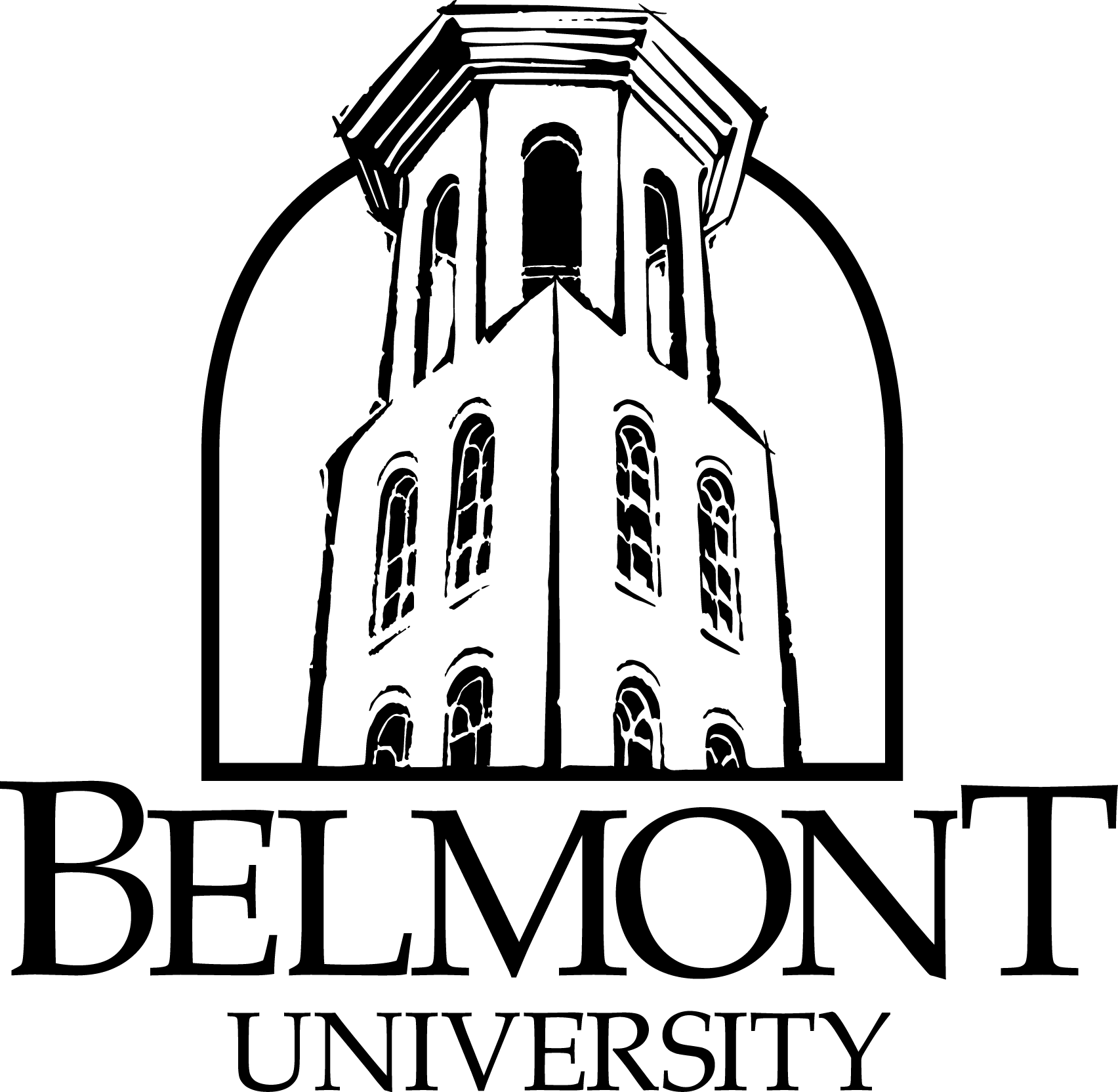By: Katie Hinkle, 3L Member and Managing Editor
In early Summer 2022, The Ohio State University made headlines that were much different from many other newsworthy events. OSU filed a patent for the word “The” and the United States Patent and Trademark Office finally accepted it after a failed previous attempt.
Generally, a trademark in the United States means “any word, name, symbol, or device, or any combination thereof used by a person, or which a person has a bona fide intention to use in commerce and applies to register on the principal register established by this chapter [the Lanham Act] to identify and distinguish the individual’s goods, including a unique product, from those manufactured or sold by others and to indicate the source of the goods, even if that source is unknown.”
There are four categories of trademarks: 1) generic 2) descriptive 3) suggestive and 4) arbitrary or fanciful. Generic marks belong in the weakest category, therefore never deserving of a trademark registration. Arbitrary or fanciful marks belong in the strongest category and deserving of registration.
So, how did Ohio State receive a trademark for this seemingly “unfanciful” mark?
Three years ago, the institution applied for a trademark for “The”. If you are familiar with Ohio State University, you know the use of this word runs deep within the rich traditions of the school. These traditions run deep enough to where many retailers sell t-shirts, posters, home décor, stickers and other pieces of apparel embellished with “The” in scarlet and gray, along with buckeye leaves, footballs, football helmets, and other symbolic ties to the school’s illustrious sports history.
This decision by the United States Patent and Trademark Office to grant OSU the trademark leaves a sour taste in the mouths of many, particularly because many view the use of “The” in the name of the institution as pretentious. However, trademark scholars point to a common layperson misconception reminiscent with this same situation. The layperson may believe once a mark, phrase, or word is trademarked, no one else can use that mark at all, no matter the context. However, trademark protection is highly contextual, therefore just because an individual registers something that does not meanwhatever they registered cannot ever be used again.
Case law explains why allowing registration for “The” is valid. When “The” is used in connection with the institution’s colors and sports teams, the mark has gained secondary meaning. This secondary meaning identifies the source of the goods with the mark “The” with The Ohio State University. The strength of this mark comes from the “intrinsic quality” of the mark , or its public history due to The Ohio State University’s use of “The.” In other words, the traditions carried on by the institution have contributed to the strength of this trademark.
In the end, the registration of such a seemingly nonsensical mark is a great lesson on the validity of marks and exactly what misconceptions trademark law sparks among the public.
Works Cited:
1 Gilson on Trademarks § 2.02 Generic Names
15 U.S.C.S. § 1127
15 U.S.C.S. § 1052(f)
Abercrombie & Fitch Co. v. Hunting World, Inc., 537 F.2d 4, 9 (2d Cir. 1976).
McGregor-Doniger Inc. v. Drizzle Inc., 599 F.2d 1126, 1132 (2d Cir. 1979).
National Law Review, “THE” Trademark of the Year? Ohio State University Trademarks THE, (June 28, 2022). https://www.natlawreview.com/article/trademark-year-ohio-state-university-trademarks#:~:text=Ohio%20State%20University%20Trademarks%20THE,at%20sporting%20events%20for%20decades.

Excellent article. She nicely explains how “The” could possibly be trademarked.